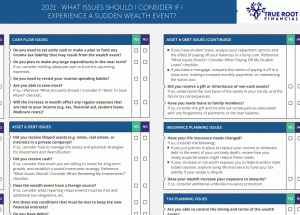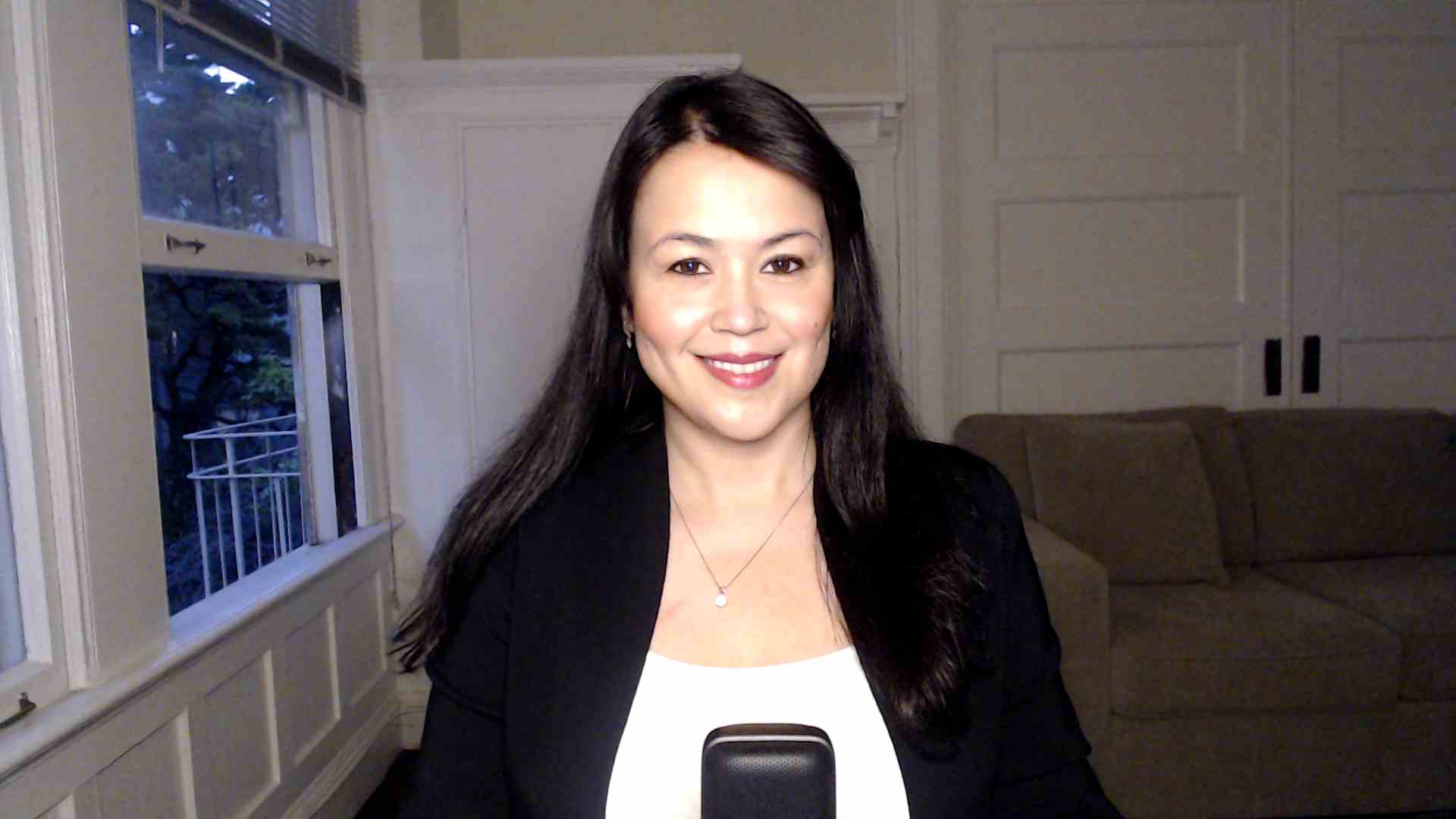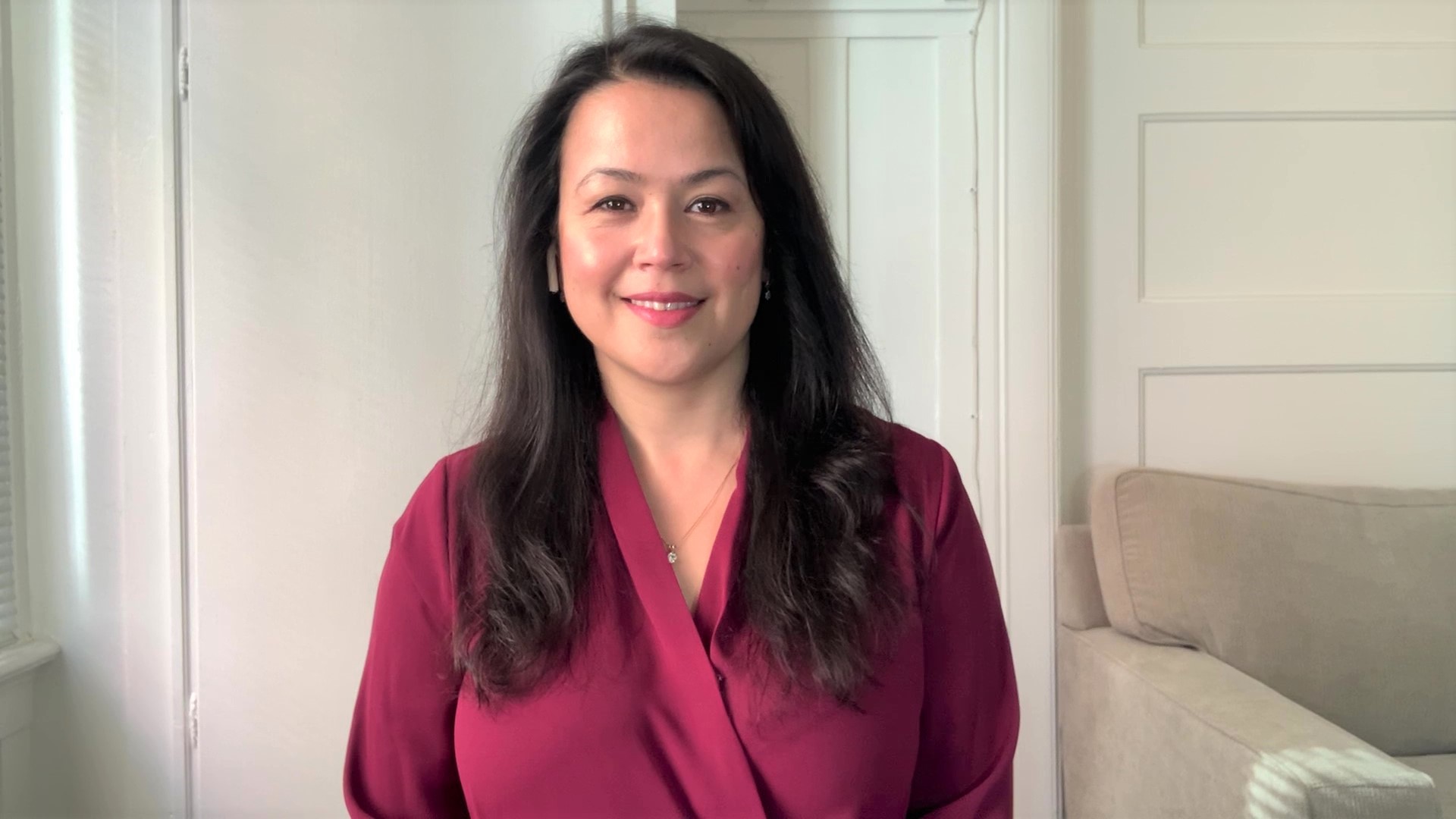Investing as a business owner: How entrepreneurs should invest
Roshani Pandey is a financial advisor and founder of True Root Financial. True Root Financial is located in San Francisco, CA and serves clients across the globe.
As a business owner, investing in your business has come naturally to you. You may have now sold the business, or received a distribution. Or perhaps, you’ve accumulated a sizable amount of cash in savings over the years. Now, you’re wondering how to invest the money. You may be thinking,
“The stock market seems risky. Should I buy real estate, or gold or invest in private businesses instead?”
These are some typical questions I get. In this blog, I will answer each of these questions.
Key takeaways:
- Before investing any money, keep some liquid cash to fulfill 3-6 months of necessary expenditures. This may include housing, food, healthcare expenses, etc.
- After that, a bulk of your investments should be in publicly traded securities. This means stocks and bonds.
- Investing in real estate, private companies and even commodities such as gold can diversify your investments. But this is not where most of your money should be.
- Most of your money should be invested in a diversified basket of stocks and bonds. As a business owner, investing your money in other businesses just like yours may not be as intuitive. But it is one of the best ways to protect and grow wealth over time. The exact mix of assets should be in line with your long-term goals.
Free resource:
Before you continue reading, grab this handy 2-page guide on all the financial, tax and planning considerations for you if you recently experienced a windfall from any source. Download below.
By investing as a business owner, you can make money in the stock market
If you sold a business, or have money to invest from your business earnings, think of what created the wealth for you in the first place. Your company’s worth was the result of creating and selling a product or service. In simple terms, you either created a product that people wanted to buy or a service that people wanted to use.
But think about everything that went behind creating a viable business – the core competencies you needed to develop, the people and teams you had to put in place, the processes you had to develop and improve and the constant innovation needed to survive and run well. Now imagine owning tens or hundreds of these companies trying to do exactly that. When you buy a stock, you own a piece of such a company.
The business owner of that company is investing in their company to increase its value. This in turn benefits you as the shareholder. When you buy hundreds of diversified stocks, you own pieces of hundreds of companies with a multitude of entrepreneurs working to create value for you.
The stock market feels more volatile because it is more transparent than other investments
As a business owner even though you kept investing in your business, you probably saw some difficult days, especially at the beginning. Even after the company was more stable years later, there were likely some volatile days. Imagine if an outsider assessed the future success of your business every second for the world to see – how uncertain your business would look. This is exactly what’s happening with every publicly listed company on the stock market. Every second, millions of market participants around the world, cast their ballot on the future of a company by buying or selling its stock. The stock price reflects these buys and sells. As a result, it changes in a fraction of a second. The media (television news, internet, podcasts) further amplify these price movements with hair-splitting details and analysis. This transparency is in essence the reason why the stock market looks so volatile.
Compare this to buying land or a house. While there is a lot of chatter about the housing market in general, you don’t get a second-by-second price on each house. The only way to know the exact price of a house is when you buy or sell it, which generally happens once in years. So buying a house or land just feels less volatile. But, this doesn’t necessarily mean that its price is stable or that it actually makes more money in the long term.
How buying a stock compares to buying real estate
As a business owner, you might think of investing in real estate to park your money or to store the value of your money. Let’s compare buying stocks to buying and holding a piece of land or a house. Here we have to make a distinction between buying a home to live in it and buying a house to invest or to grow your wealth. A home is not really an investment. It’s consumption and in this blog, we will look at real estate as a potential investment. So any reference to buying a house is buying real estate as a potential investment only, not to live in it.
A land or a house by itself doesn’t create any value. Yes, you can opportunistically buy and sell it and make a lot if you time it right. But timing these investments right takes a lot of expertise, which most investors do not possess. Investing in commercial real estate with a qualified real estate manager or through a real estate investment trust (REIT) can diversify the portfolio and also enhance your returns. We will talk about these investments below. However, these types of investments need to be a smaller portion of your overall investments and not a bulk of it.
The Instagram effect of real estate
Big windfall profit in real estate investing is often anecdotal. You may hear stories about how someone bought a piece of property dirt cheap and how it turned into prime real estate years later. These kinds of stories often have an “Instagram effect” to them where people only share their biggest successes and not the painful story of how they lost a lot of money on bad real estate investments.
Additionally, because you buy and sell real estate more seldom, when you do sell it, you may feel like you’re selling for a lot more than how much you bought it for. But, when you take inflation into account and add all the maintenance costs and the cost of buying and selling, the profit may not be so attractive, compared to stocks.
Even though there may be people who actually had a windfall profit from investing in real estate, was it just pure luck or is it a strategy that is repeatable? The only way to know that is by looking at the data.
Putting the anecdote aside, let’s look at the data
If we look at the historical appreciation of land and homes in the United States, the long-term data is pretty dismal. According to data compiled by economist, Robert Shiller, who helped create the Case-Shiller Home price indices for tracking home values in the US, in the 100 year period from 1915 to 2015, home prices adjusted for inflation grew by about 0.6% on average. Compare that to the long-term return of the stock market, which is around 6-7% after inflation. As a business owner, you may think of investing in real estate to park your cash and shield against inflation. But, data shows that real estate hasn’t really been a good store of value in the long term.
Even if we shorten the time period and take the last ten years instead, as of May, 2021, the 10-year annualized return of the S&P CoreLogic Case Shiller US National Home price index is 6.12%. This is much lower than the return for a comparable 10-year period for the S&P 500 of about 13%. Additionally, the S&P 500 number is purely based on how much its price rose. If we also add dividends and re-investing those dividends back into the S&P 500, the return is even bigger.
Add maintenance costs, the cost of buying and selling in the form of real estate commission and property taxes in the mix, the total profit is even slimmer.
But sometimes you can get lucky
This is not to say that homes never rise in value more than the stock market. There are some time periods in history where housing prices rose more than the stock market. Also, home prices in certain cities may have risen faster than the stock market at certain times. Most investors only see this in the rear-view mirror, after the opportunity has passed. To take advantage of such periods in the future, one has to have a lot of expertise in buying and selling in the right geography and time as well as being able to operate the property profitably. In other words, just buying and holding a home may not be as profitable. This brings us to real estate investing.
Real estate investing:
The most basic way to invest in real estate is to buy a rental property and get income. The profitability largely depends on your overall costs such as maintenance, property taxes as well as the rental income you are able to generate. This also involves significant time and energy that you would need to spend managing the property. This is not really comparable to buying and holding a diversified portfolio of stocks.
Investing in commercial real estate
A more comparable investment would be investing in commercial real estate, where you invest in real estate without actually owning and managing the properties yourself. The two most common ways of doing this are as follows:
- Buying stocks of Real estate investment trusts (REITs). REITS are companies that own and operate large-scale properties to generate income. Such properties include office buildings, shopping malls, apartments, hotels and resorts, etc. You can buy a REIT stock just like you would that of any company. Most of the income a REIT generates is distributed to shareholders as dividends. As of August 2021, the FTSE NAREIT equity index has returned a 10-yr annualized return of 10.48% versus the return of the S&P 500 of 16.41%. These numbers assume that any dividends received from investing in the REIT index or the S&P was reinvested back. Adding some REITs to your portfolio can be additive to overall performance and risk management.
- For further diversification and to really take advantage of the expertise of a real estate investor, you can also invest in private real estate. These strategies typically have a lock-up period of at least 4-5 years, where your money may be illiquid. The real estate company will use your investment to acquire, develop and sell large commercial properties such as apartments and office buildings. These types of investments can both diversify your portfolio and enhance returns. However, due to the risks involved as well as its illiquid nature, these types of investments should only be a portion of your overall investment portfolio, not a majority of it.
How commodities compare to stocks
Precious metals such as gold fall under a category of investing called commodities. An asset is considered a commodity when there’s no distinction or differentiation among them. For example, an ounce of an 18-carat gold bar would have the same price as that of another ounce of an 18-carat gold bar. Or, a bushel of wheat has the same price as that of another bushel of wheat.
This is different from a stock of Amazon and Google that have different prices. Both are stocks but represent different things. Commodities are also often finite resources and limited in supply. As a result, their prices are completely dictated by supply and demand. When there’s demand for oil that’s bigger than the supply, the price increases and vice versa. What causes a spike or a slowdown in demand or supply depends on large macroeconomic factors such as geopolitics, economic growth and recessions, interest rates and currency movements. These macroeconomic factors can be large, violent and sudden making commodities a very volatile asset class.
Investing in gold
You can invest in gold by buying physical gold bars or coins, also called the bullion; gold exchange-traded funds; gold futures; or shares of gold miners. Just like other commodities, gold itself doesn’t produce any income but goes up in price when its demand is a lot higher than supply. This usually happens when the economy looks troubled or when inflation seems to be looming ahead.
While investors turn to gold for stability, gold itself is very volatile as many factors affect gold prices. As a business owner, you may think of investing in gold if you’re worried about the economy. Investors often pile into gold when they fear a recession and this can cause gold prices to spike up quickly with many investors buying at the top.
Another reason a business owner might think of investing in gold is to hedge against inflation. Gold has actually been a poor hedge against inflation. The last peak in gold occurred in 2020, at the height of the pandemic. But even if you had bought gold forty years in advance, you wouldn’t have beaten inflation. Accounting for changes in the cost of living, gold has returned an average of minus 0.4% annually from 1980 to 2020. Compare that to positive annualized returns of 7.9% for U.S. stocks, 6.2% for U.S. bonds and 1.2% for cash for the same time period. If you feel strongly about gold, buying a little of it can diversify your portfolio. But it should by no means be a huge portion of your portfolio.
As a business owner, you may consider investing in private businesses
When you invest in a stock that’s publicly traded in the exchange, you’re buying a public company stock. You can also buy a stock of a private company before they become big. Imagine buying Facebook or Google at their infancy, long before they became the household name they are today. This type of investment is called venture capital investing, where you invest in companies at various stages of starting up. Private equity on the other hand represents investing in private companies at more mature stages but while still private.
These types of investments have the possibility of producing outsized returns. However, as a business owner, you already know that investing in startups is fraught with risks. According to research from the Bureau of Labor Statistics, as reported by Fundera, about 70% of start ups fail within the first 10 years. Another factor that makes these types of investments riskier is that they are illiquid and opaque. These funds typically have a lock up of 10-12 years and you may not start seeing returns until the sixth year. So, you don’t really know the true value of your investments for a long time.
Lastly, because these types of funds require a specialized set of knowledge and access to the best deals and most coveted startups, not all funds have good performance. A few players have a great track record and the rest are not so great, when you take the illiquidity and costs into account. The most successful venture and private equity managers have a beeline of institutional investors such as endowments and pension funds that invest billions in these types of investments.
So, if you have access to a fund with a good track record, allocating a portion of your portfolio to venture and private equity can be great diversifier and return enhancer.
Larger macroeconomic backdrop
The reality of today’s economic backdrop is that there are very few “safe” investments that make any money. Due to the low interest rate environment, 10-year government bonds now give a yield of about 1.3%. Cash returns are next to zero. While these returns are racing to the bottom, inflation on the other hand has been rising. The consumer price index, a gauge for inflation, clocked in at 5.3% recently. The Federal Reserve Bank has stated numerous times that this is a temporary spike due to Covid and related lockdowns. But even if we assume that inflation will return to the Fed’s 2% target, staying in government bonds or sitting in cash will not even keep up with inflation.
So, investing is necessary just to be able to keep the long-term purchasing power of your money. This means starting with a diversified basket of stocks and bonds. Add to that, small portions of real estate investments, opportunistic commodities, and even venture capital/ private equity if you have access to good funds. Lastly, make sure that the resulting portfolio is in line with your goals.










Leave a Reply
Want to join the discussion?Feel free to contribute!